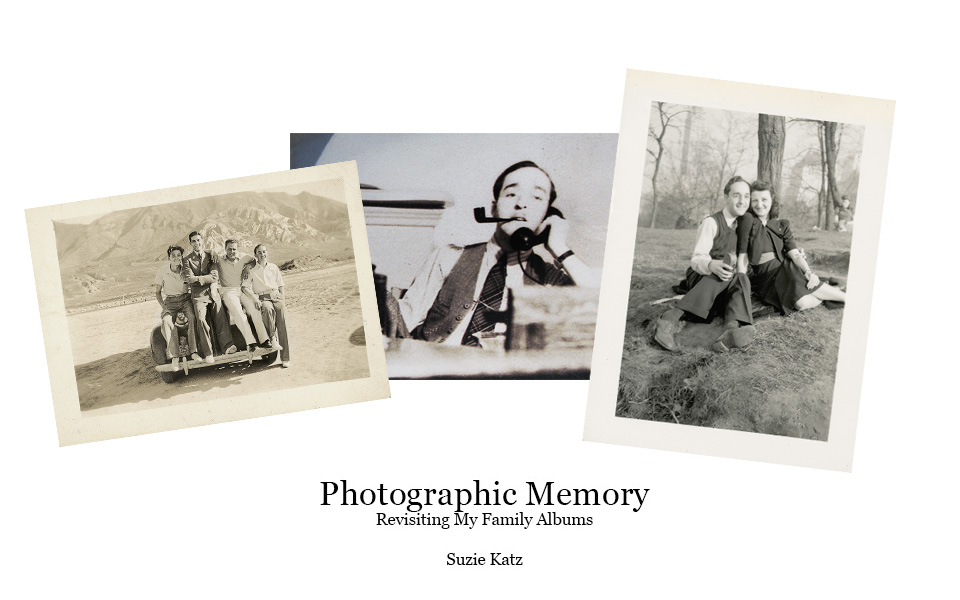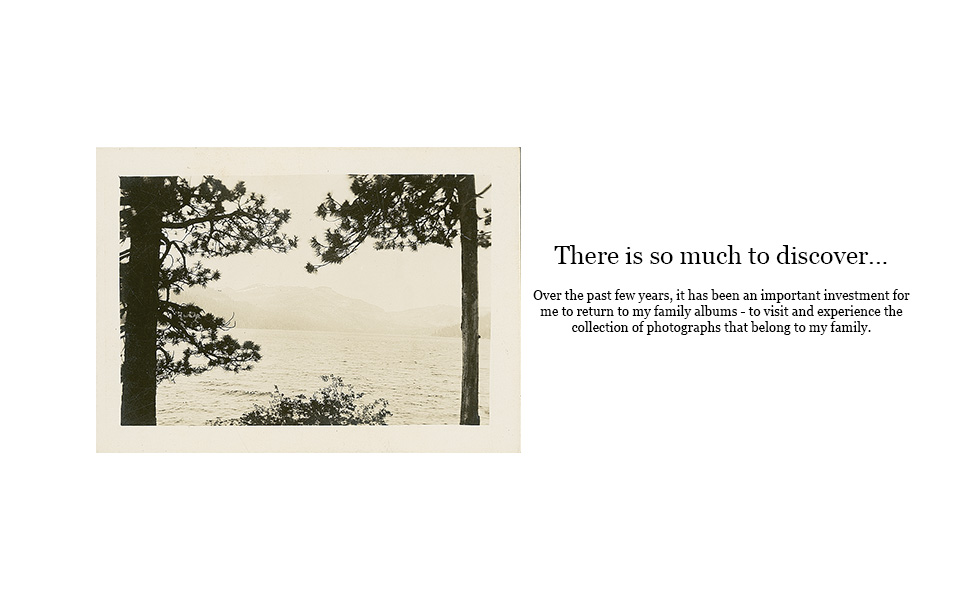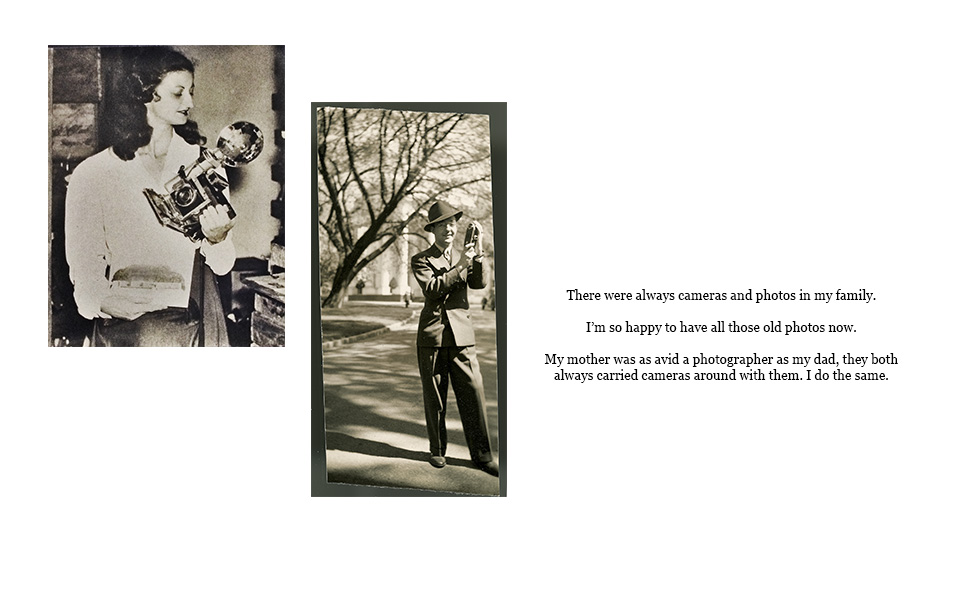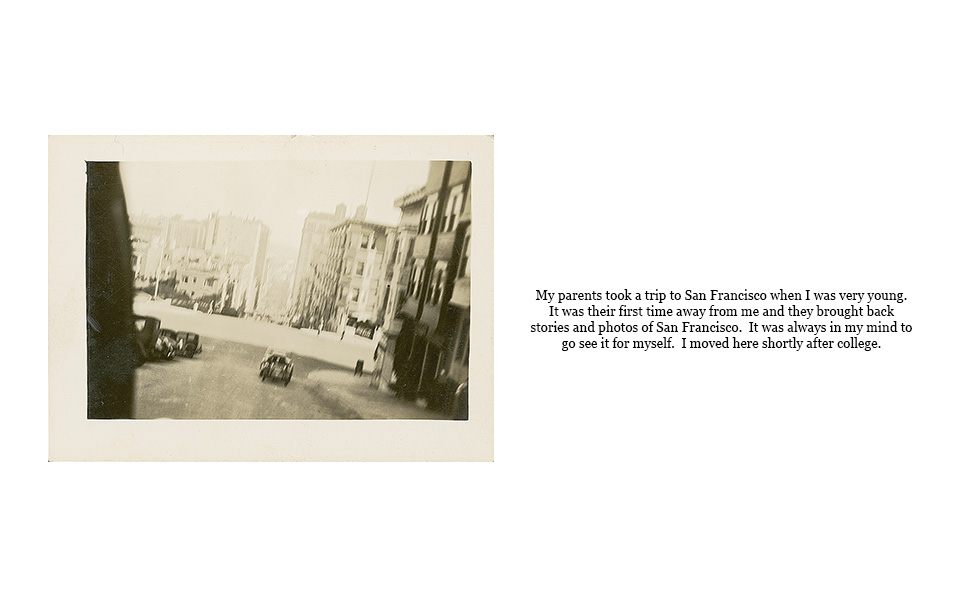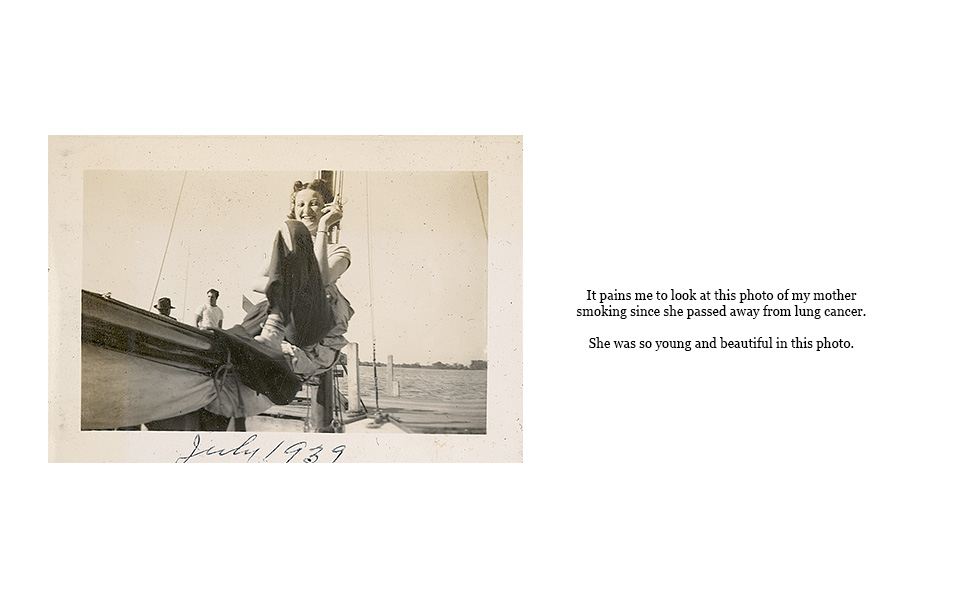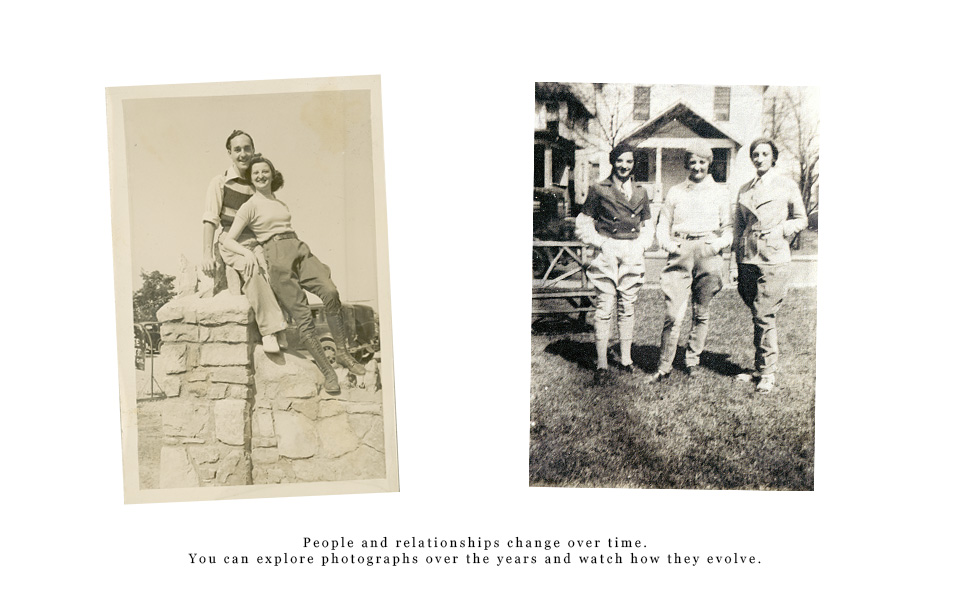PhotoWings + AshokaU Webinar — Self-Discovery and Changemaking Through Photography
You will never look at a photograph the same way again…
In today’s world, we are surrounded by imagery: marketing advertisements, television, online resources, camera phone photos, and personal photo libraries. Some images move us to action. Others tell a story. And a few images can change the course of history.
A shared vision for Advancing Changemaking Skills Through Photography
PhotoWings has partnered with AshokaU to produce a free webinar, Advancing Changemaking Skills Through Photography: Self-Discovery Through Photography. With this webinar, participants gain valuable skills to use in work and in life, including: communication skills, gaining trust and access, visual literacy, critical thinking, applied empathy, resilience, ethical considerations, preservation, and other critical changemaker aptitudes.
This course does not simply cover photography. Instead, the world of photography serves as a medium through which participants take a deep dive into, developing new skills and strengthening existing ones.
PhotoWings is honored to work in synergy with AshokaU on this webinar. We find it truly exciting to work hand in hand with an organization whose network includes Nobel Laureate Muhammad Yunus, Teach for America’s Wendy Kopp, as well as AshokaU’s co-founders Erin Krampetz and Marina Kim. Krampetz and Kim’s inclusion in the 2012 Forbes 30 Under 30 further testifies to AshokaU’s cutting-edge status.
AshokaU is the university-based initiative of Ashoka, the first global association of the world’s leading social entrepreneurs— men and women with innovative solutions that address the world’s most urgent social challenges. Since its founding in 1980, Ashoka has launched and provided key long-term support to more than 3,000 leading social entrepreneurs in over 70 countries.
PhotoWings is an educational non-profit whose mission is to highlight and help facilitate the power of photography to influence the world. We help photography to be better understood, created, utilized, seen, and saved.
What is this webinar about?
Learning from leading thought leaders from a variety of disciplines, this webinar strengthens changemaker skills as it explores the actionable value of deeper looking, perception, and listening while utilizing context, critical thinking, empathy, ethics, and communication skills. Through utilizing these techniques, participants will build a better understanding of their own motivations as a foundation for creative and effective social change. These skills, also valued as Executive Function Skills, can be utilized in ways beyond photography. Participants will also develop a better appreciation for the importance of legacy and the value of sharing, utilizing and saving photographs.
This webinar hears from the voices of an impressive group of thought leaders who share their experience and wisdom. Throughout the course, voices of award-winning photographers such as Maggie Steber, Andrea Bruce, Ron Haviv, and Steve McCurry intermingle with stories from leading museum curators and diverse experts such as psychologist Phil Zimbardo, who has over four million views on the TED website. All participants also benefit from an incredible wide array of free PhotoWings educational resources, including their deep-linking Resource Center, provocative interviews, and in-depth yet accessible features.
PhotoWings President & Founder Suzie Katz shares her vision: “In this seminar we’ll explore a myriad of thoughtful new ways to think about photographs, including deep-seeing and deep-listening techniques. We’re all about the Big Idea and dimension — ideas to think about, discuss with others, and carry as a tool in you toolbox for both life and work.”
This course covers:
- Visual Literacy – How to look at, think about, and talk about photography
Read more about Visual Literacy
- Power of Photography – How photography’s unique qualities can influence and even change the world
Read more about Power of Photography
- Inspiration - Discusses how the world of photography can be inspirational on a number of levels
Read more about Inspiration
- Legacy and Preservation – How photography can be thought about in new ways, how it’s at risk, and ways to save it
Read more about Legacy and Preservation
- Critical Thinking – How the skills photographers need to succeed can be used in work and in life
Read more about Critical Thinking
The webinar is open to the public and will live on as a resource to be utilized. It is designed as a deep-thinking and conversation-based experience to help participants develop deeper personal connections and cross-disciplinary collaboration opportunities for student groups, community organizations, and many other innovative ways.
As a final project, participants developed powerful and creative presentations to demonstrate their explorative journey. Exceptional final projects were eligible for inclusion in a video that was featured at the TEDxAshokaU on Friday, February 22 to 1,300 people in San Diego, CA at the historic Balboa Theater (with thousands viewing online). Additionally, selected projects formed an informative, artistic exhibit that will be displayed prominently at the Ashoka U Exchange at the University of San Diego, a gathering of over 600 leading members of the AshokaU community worldwide, including their 19 (and counting) university partners. All participants joined in PhotoWings' mission to highlight and help facilitate the power of photography to influence the world and to help photography be better understood, created, utilized, seen, and saved.
In addition, we’re creating a community—not just a course.
We’re so inspired by the quality and existing knowledge of the people who signed up for this webinar from all over the world. Their knowledge and energy is an integral part of what we all do, during this webinar and beyond.
- Visual Literacy
- The Photographs of Herman Leonard
- Power of Photography
- Ken Light on photographers' voices contributing to change & awareness
- Inspiration
- Camille Seaman on inspiration from our interconnected world.
- Andrea Bruce on learning from photographers
- Natalie Fobes shares her story of survival & beauty in the Siberia
- Legacy
- Maggie Steber examines the value of family photo albums
- Suzie Katz & Antony Penrose discuss the photographer Lee Miller
- Gawain Weaver compares the lifespan of printed photos to digital ones
- Critical Thinking
- Phillip Zimbardo speaks to how visual imagery affects memory
- Ron Haviv discusses how photographers use critical thinking in the field
- Looking at Photographs - How to "read" and interpret them
- Ken Light on "reading" the work of photographers Sebastião Salgado & Wayne Miller/li>
- Musuem of Photographic Arts (MOPA) staff on how to understand and apply visual literacy
- How to think about Visual Literacy - from the heart, through your own photographs
- Brigitte Carnochan examines her photo series, Between One Life & Another
- Truth & Manipulation in Photography
- Ken Light tells stories of Richard Avedon's personal photography
- Looking Closely at Images
- Herman Leonard's jazz photography
Section 3: Power of Photography
- Phillip Zimbardo discusses the impact of photographs
- Ken Light explores the world of social documentary photography:
- A brief look at photography for change
- The photography of Jacob Riis & Lewis Hine
- Linking documentary photography & the humanistic tradition
- Photographer Eugene Richards' powerful approach
- The power of different voices in photography
- Steve McCurry discusses his iconic image, "Afghan Girl"
- Camille Seaman shares her personal relationship with photography and makes a case for keeping old family albums out of the landfill
- Antony Penrose discusses the impact of the work of Lee Miller
- Camille Seaman finds inspiration in her heritage
- Inspirational Words from Leading Curators
- Anne Tucker on:
- Trusting your instincts
- The power of passion
- Protecting your talent
- Malcolm Daniel on the value of memories
- Sandra Phillips discusses the use for "vernacular photography"
- Anne Tucker on:
- TED - Ideas Worth Spreading
- Doug Menuez
- His TEDxSF Talk, Fearless Genius
- Doug shares his thoughts on Inspiration
- Phil Zimbardo introduces his heroic imagination project
- Doug Menuez
- Foundry Photojournalism Workshop
- Andrea Bruce on inspirations & beginnings in her career
- Michael Robinson Chavez on the power of photography & its lasting impact
- Maggie Steber on Inspiration
- Ron Haviv on his career evolution & inspiration
- Sara Terry's sources of inspiration & the Aftermath Project
- Sample Projects from Suzie Katz
- Family Album Slideshow
- Memories of Aunt Mickie
- Alan's Memory Board
Section 6: Legacy & Preservation
- Personal Stories of Legacy
- Camille Seaman discusses preserving a family legacy through photographs & interviews
- Maggie Steber speaks about the regenerative power of pictures for her her mother
- Antony Penrose discusses the legacy of photographer Lee Miller
- Differing Perspectives of Legacy
- Sandra Phillips explores the importance of perception & context
- Francesco Böhm, holder of the Naya-Böhm Collection, speaks to the value of historical archives
- Roy Flukinger shares a memorable photo from the University of Texas archives
- SC Historical Society speaks about the historical importance of an almost-lost photo collection
- Phillip Zimbardo tells a poignant story of Sicillian culture and memory e
- Preservation
- Gawain Weaver discusses facets of photographic conservation
Section 7: Critical Thinking Skills
- Critical Thinking: Ways of Thinking
- Stephen Kosslyn speaks about visual imagery & the brain
- Camille Seaman shares advice on deep thinking & looking, as well as finding your voice
- Photographer Maggie Steber talks about life as a photographer & earning trust
- Critical Thinking: Advice from Photographers
- Foundry Photojournalism Workshops
- Michael Robinson Chavez speaks to a photographer's research & critical thinking
- Kael Alford explores a photographer's critical thinking skills and how the public can use those
- Andrea Bruce dicusses critical thinking, photography & her editing process
- Steve McCurry talks about getting past disappointment
- Foundry Photojournalism Workshops
- Critical Thinking: Practical Applications
- Stephen Kosslyn gives a quick rundown on how perception works in terms of the brain
- Amber Lucero-Criswell of MOPA discusses how she helps medical students with critical thinking
- Optional
- Phillip Zimbardo details his Stanford Prison Experiment & his testimony on Abu Ghraib
Check out inspirational projects from the Fall 2012 session!
There are so many possibilities for how you can create your final project for the AshokaU + PhotoWings Webinar. We encourage you to be creative with the ways you share your experiences. Follow your passions; think about how you can create a unique experience with your project. Here are some sample ideas for you to consider:

"Time Like a River", Image © Brigitte CarnochanClick here to view the creative and inspirational work of Brigitte Carnochan
Get crafty!
Make a book: Put together a book sharing the photographs that have impacted you for this project. You can make one by hand or by using an easy-to-learn online service (Blurb, Lulu, MagCloud, Zazzle, and 3Dissue, among many others). It could be all photos, or it could pair writing with photos. Make the kind of book that you'd actually want to check out.
Create a memory board: Create a collage of media to share your changemaker story and have it easily available for a wall hanging. Collage may include photos, newspaper clippings, old letters, memorabilia, bits of colored or hand-made papers glued to a piece of paper or canvas or put together electronically.
Collage something: Collages don't need to just happen on paper if you're not a "flat" kind of person. With any smooth object, you could decoupage prints onto it.
Collaborate! Link up with other creative individuals to share your story. Use music, text or other media to expand on your ideas.
Get technical!
Interview: Record audio/video interviews with your family and community. Share stories regarding photographs that have impacted you or your family. Anywhere from a casual conversation to an in-depth interview is fine.
Make a slideshow: Use computer software (PowerPoint, Keynote) to create a slideshow sharing your experiences and images for your project.
Make a video: Put together a short video that summarizes your projects and interests. Document the process of sharing your project with your family or community. You could combine the last two examples into a video slideshow with an interview as the soundtrack, even.
Create a website: Create a blog or personal website that shares your project. Pair some memorable photographs from your project together with text that you feel resonates with the images. Embed any type of multimedia, like the ones mentioned above on your site.
Most importantly, get creative with this. We're providing some methods to share your story, but the possibilities of what you make are truly infinite if you put your mind to it. If you have an idea that's not listed, that's fine too. Have fun and experiment— you may be surprised by the results!
Interview:
Record audio/video interviews with your family and community. Share stories regarding photographs that have impacted you or your family. Anywhere from a casual conversation to an in-depth interview is fine.
Aunt Mickie - A poignant story of my 95-year-old aunt Mickie’s birthday gathering:
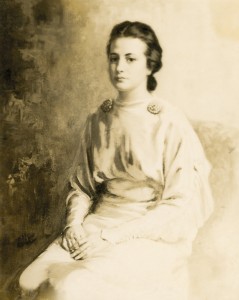 As I was looking through the old photos, I ran across a photo of a painting of my aunt when she was young which had been lost to Katrina and that everyone had loved. I printed it on Velvet Fine Art paper that made it look even more like the painting. My Aunt cried when she saw it, having thought it was lost forever.
As I was looking through the old photos, I ran across a photo of a painting of my aunt when she was young which had been lost to Katrina and that everyone had loved. I printed it on Velvet Fine Art paper that made it look even more like the painting. My Aunt cried when she saw it, having thought it was lost forever.
Since her New Orleans house was lost to Hurricane Katrina, I scanned old, commonly-shared family photos, and brought a CD of them to her for her 95th birthday to share with her and the attending family. We all sat around my computer looking at the photos, with my recorder running, as family members recalled names and memories of those in the photos. We not only gave identities and personalities to the formerly unidentified relatives in the photos but had a wonderful time laughing and bonding as we did so.
Listen: The family sharing stories through their photographs

